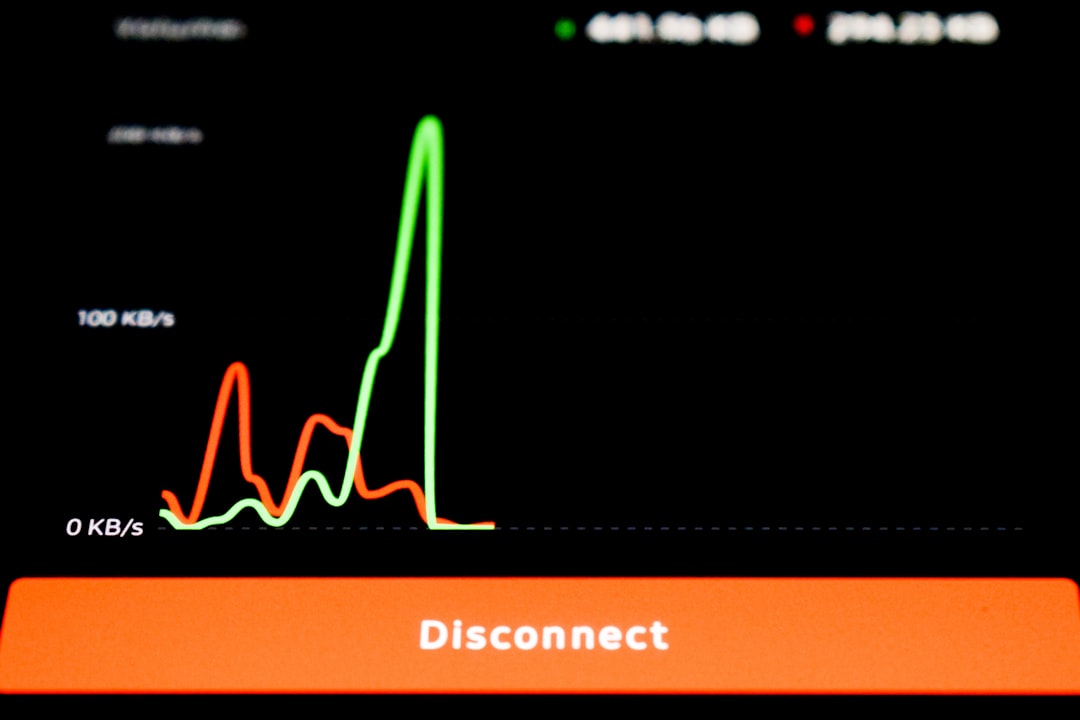When choosing a web hosting service, several critical factors come into play: speed, cost, customer support, scalability, and more. However, one of the most vital, yet sometimes overlooked, aspects is uptime. Whether you’re running a personal blog, an online store, or a corporate website, uptime can significantly influence your site’s success. In this article, we’ll explore exactly why uptime is so crucial and how it should weigh heavily in your hosting decision.
What Is Uptime?
Uptime refers to the amount of time a server—and consequently your website—is operational and accessible online. It’s usually expressed as a percentage of total available time in a given period (usually monthly or yearly). For example, an uptime of 99.9% means your website is down for approximately 43.8 minutes per month.
While this may not sound like much, those seemingly minor interruptions can have serious consequences—both for user experience and for your business’s bottom line.

Why Uptime Matters
Here are some reasons why uptime remains a critical metric when evaluating hosting services:
- Loss of Revenue: For e-commerce websites, even minutes of downtime can lead to significant financial losses. Customers can’t place orders, which could translate to missed sales opportunities.
- Damaged Reputation: A website that’s frequently unavailable can quickly lose credibility. Users expect instant access, and regular downtime may drive them toward more reliable competitors.
- SEO Implications: Search engines prioritize websites that load reliably. Prolonged or frequent downtimes can result in decreased rankings in search results, impacting long-term traffic.
- User Trust: First impressions matter. If your website is down during a first visit, users may question the legitimacy or professionalism of your brand.
What Is Considered Good Uptime?
Most reputable hosting providers aim for an uptime of 99.9% or higher. But even within this small margin, fractions of a percent make a big difference. Here’s what different uptime percentages mean annually:
- 99.9%: ~8.76 hours of downtime per year
- 99.95%: ~4.38 hours of downtime per year
- 99.99%: ~52 minutes of downtime per year
Ideally, you should look for companies that can guarantee 99.99% or higher uptime. Some premium hosting services even offer Service Level Agreements (SLAs) that provide compensation if they fail to meet their uptime promises.
Measuring and Verifying Uptime
It’s not always enough to take a hosting provider’s word at face value. Many reliable third-party tools and services can help monitor your website’s uptime, including:
- Pingdom
- UptimeRobot
- StatusCake
These tools ping your site regularly and send alerts the moment downtime occurs, so you can evaluate how consistent your uptime is over time. This is especially helpful for those managing critical services or business-heavy websites.

Comparing Hosting Providers Based on Uptime
When you’re narrowing down hosting providers, uptime statistics should be one of your first comparisons. Many top-tier companies openly advertise their uptime history and offer dashboards showcasing their performance over time.
Also look for additional infrastructure that supports increased uptime, such as:
- Redundant systems: Backup servers that kick in if a primary server fails
- Advanced load balancing: Distributes traffic evenly to prevent overload
- Data center reliability: Tier III or Tier IV data centers offer higher levels of security and uptime guarantees
The Bottom Line
In an increasingly competitive digital landscape, your website must be accessible anytime and every time someone tries to visit it. A host with a poor uptime record can cost you in lost traffic, reduced revenue, damaged reputation, and countless frustrated users.
Choosing a web hosting service with excellent uptime performance isn’t just a smart move—it’s an essential one. Always do your research, verify claims through third-party monitoring tools, and prioritize uptime as a top-tier requirement when making your final selection.
In the end, the right host won’t just keep your site running—they’ll help ensure your digital presence remains as strong and reliable as your brand deserves.